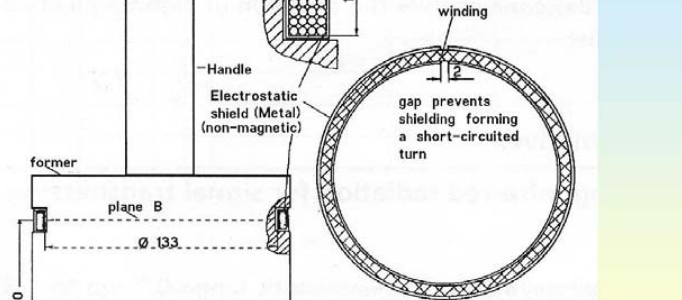In this section
EMC testing: Part 6 - Low-frequency magnetic fields; mains dips, dropouts, interruptions, sags

This is the sixth in a series of seven bi-monthly articles on ‘do-it-yourself’ electromagnetic compatibility (EMC) testing techniques for apparatus covered by the EMC Directive (EMCD).
This series covers the whole range of test methods – from simple tests for development and fault-finding purposes, through lowest-cost EMC checks; ‘precompliance’ testing with various degrees of accuracy; on-site testing for large systems and installations; to fullspecification compliance testing capable of meeting the requirements of national test accreditation bodies. Previous articles are available on-line at www.compliance-club.com, using the site’s Archive Search facility.
As published in the EMC Compliance Journal in 2001/2002
You are free to use this information on condition that you do not modify it in any way and always make it clear who was its original author and where it was published or posted.Get more from EMC Standards
EMC Standards is a world-leading resource for all things EMC and EMI related. Our website is packed full of both free and paid-for content, including:
- Online quiz
- Webinars
- Training quiz
- And much more!

Electromagnetic Engineering (EMgineering) is the basis for proven good design practices for signal integrity (SI), power integrity (PI), and the control of EMI emissions and immunity (EMC).
Our aim is to help people learn how to more quickly and cost-effectively design and manufacture electronic equipment (products, systems, installations, etc.) to meet functional (i.e. SI/PI) specifications and conform to EMC standards, directives and other requirements.
Such equipment should benefit from reduced warranty costs and financial risks, whilst improving uptime, competitiveness and profitability.
We also cover basic good electrical safety engineering; and the Risk Management of Electromagnetic Disturbances / EMI, whether for Functional Safety or other types of risk.
Join EMC standards TODAY!